Civil engineering has been the backbone of human progress, enabling us to create structures that defy nature and connect the world in unprecedented ways. In this post, we’ll explore ten of the most groundbreaking civil engineering projects from around the globe. These projects showcase the pinnacle of human ingenuity and set new standards in engineering excellence.
1. Millau Viaduct, France
The Millau Viaduct is a cable-stayed bridge that spans the valley of the River Tarn near Millau in southern France. It is the tallest bridge in the world, with one mast’s summit at 343 meters (1,125 ft) above the structure’s base.
Why It’s Groundbreaking:
- Height: Tallest bridge in the world.
- Design: Elegant design blending with the surrounding landscape.
- Construction: Innovative techniques to overcome environmental challenges.
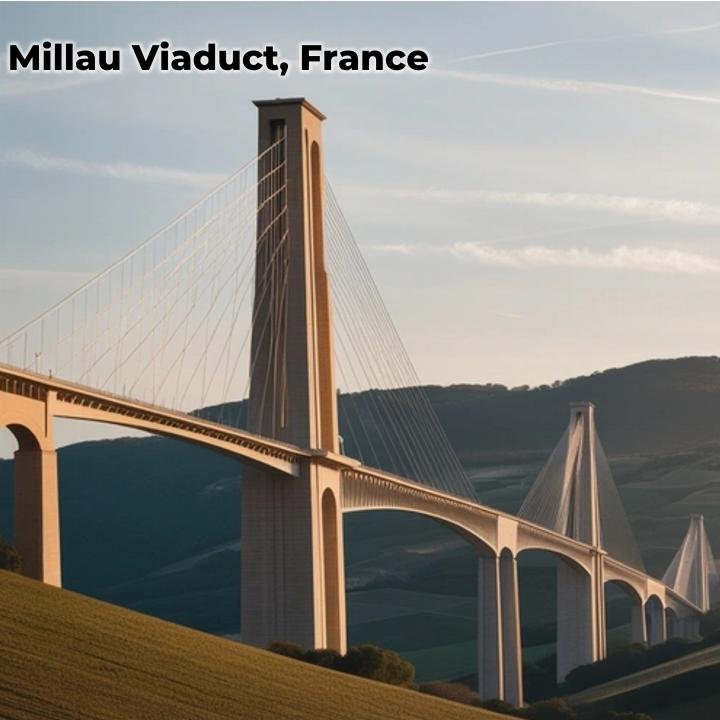
Interesting Fact: The bridge’s total length is 2,460 meters (8,070 ft), making it an engineering marvel in terms of both height and length.
2. Burj Khalifa, UAE
Standing at 828 meters (2,717 ft), the Burj Khalifa in Dubai is the tallest structure in the world. It serves as a symbol of the city’s rapid development and ambition.
Why It’s Groundbreaking:
- Height: Tallest man-made structure on the planet.
- Materials: Use of cutting-edge materials and construction techniques.
- Sustainability: Features such as water recycling and energy-efficient lighting.
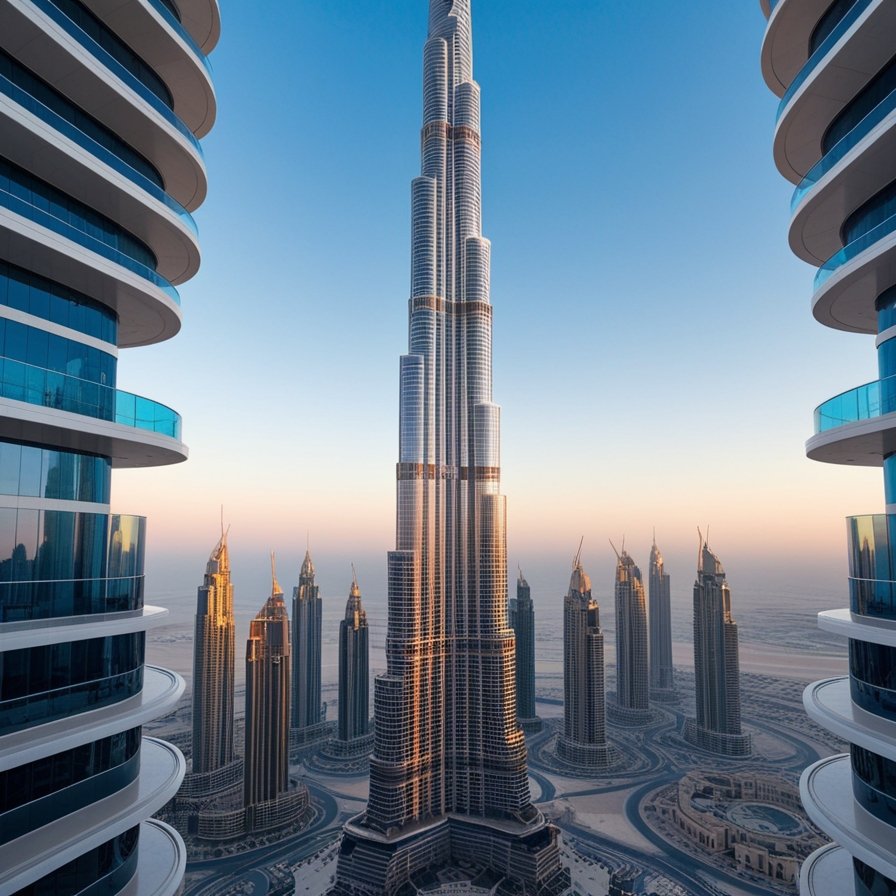
Interesting Fact: The Burj Khalifa’s design is inspired by the Hymenocallis flower, with a triple-lobed footprint.
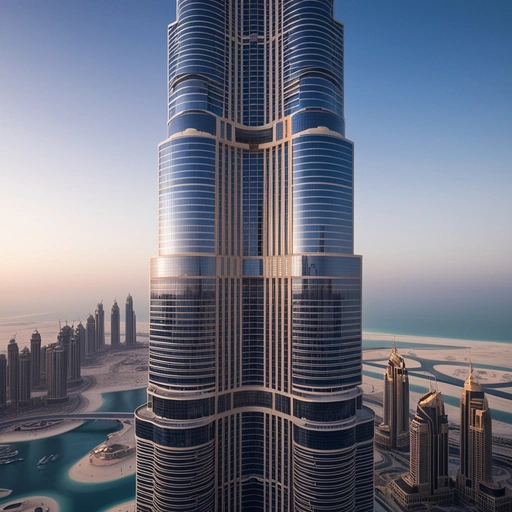
3. Panama Canal Expansion, Panama
The Panama Canal Expansion, also known as the Third Set of Locks Project, doubled the canal’s capacity by adding a new lane of traffic and allowing the transit of larger ships.
Why It’s Groundbreaking:
- Scale: One of the largest and most difficult engineering projects of the 21st century.
- Economic Impact: Enhanced global maritime trade.
- Innovation: Use of advanced construction techniques and materials.
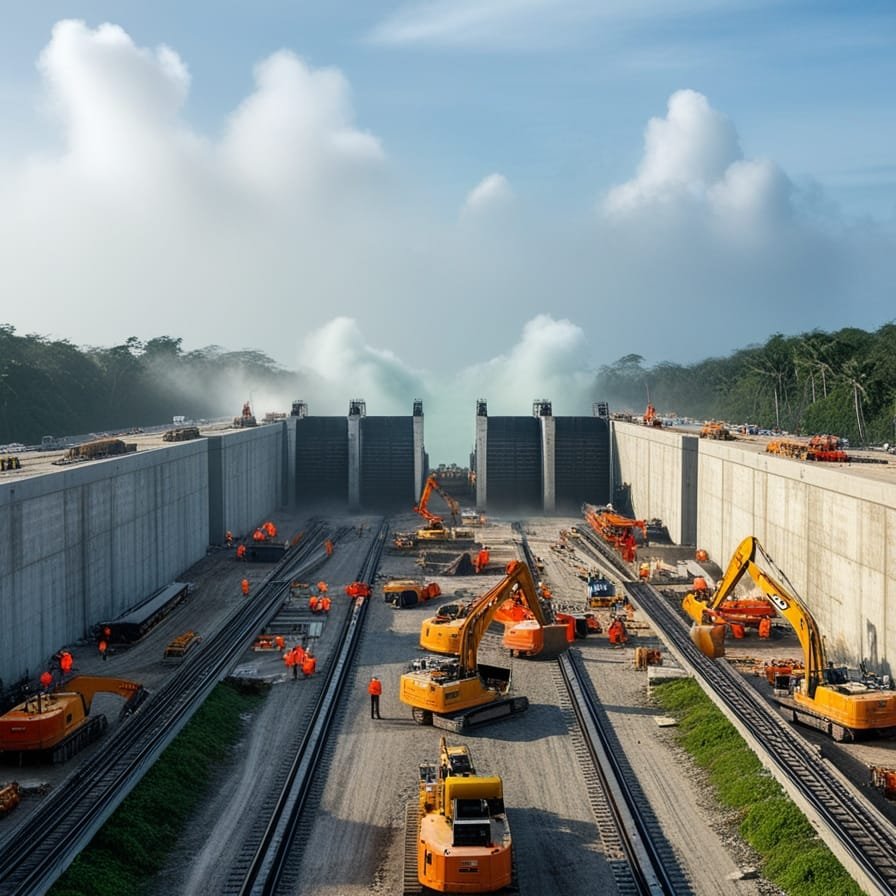
Interesting Fact: The expansion project included the construction of two new sets of locks, one on the Atlantic side and one on the Pacific side, each with three chambers.
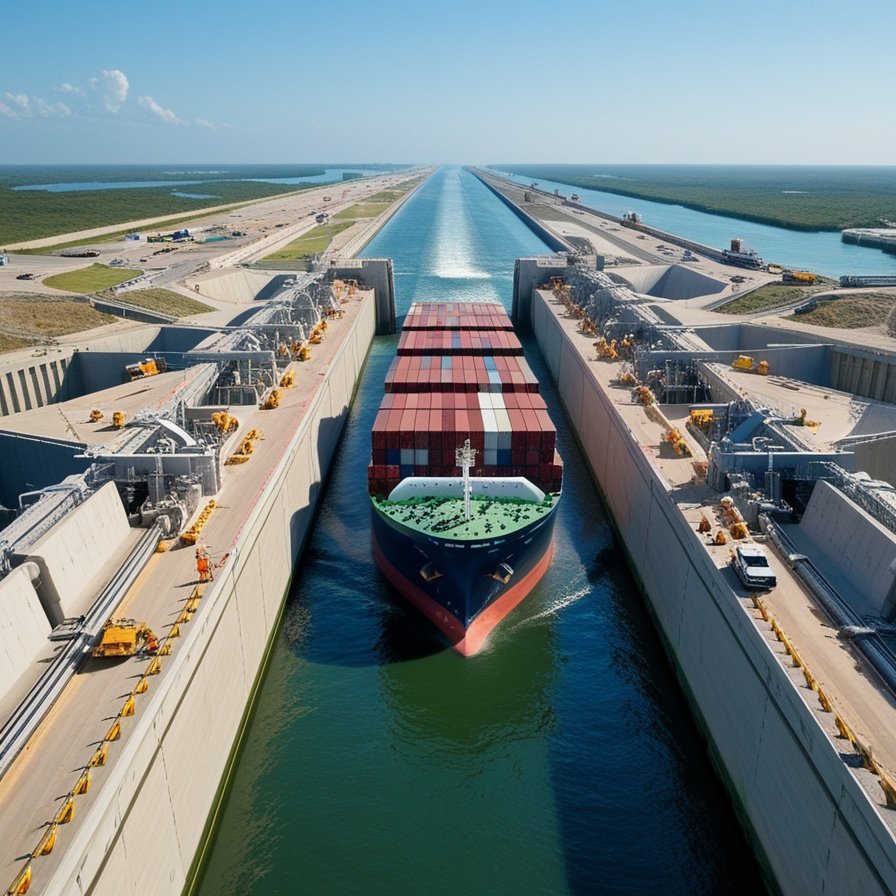
4. Three Gorges Dam, China
The Three Gorges Dam on the Yangtze River is the world’s largest power station in terms of installed capacity (22,500 MW).
Why It’s Groundbreaking:
- Size: Largest power station by installed capacity.
- Environmental Impact: Significant influence on river ecosystems and water management.
- Construction: Over a decade of construction involving millions of workers.

Interesting Fact: The dam is so massive that it has altered the Earth’s rotation slightly due to the amount of water it holds.
5. Gotthard Base Tunnel, Switzerland
The Gotthard Base Tunnel is the world’s longest and deepest traffic tunnel, measuring 57.1 kilometers (35.5 miles) and reaching a depth of 2,300 meters (7,546 ft).
Why It’s Groundbreaking:
- Length: Longest traffic tunnel in the world.
- Depth: Deepest point at 2,300 meters.
- Efficiency: Reduced travel time between northern and southern Europe.
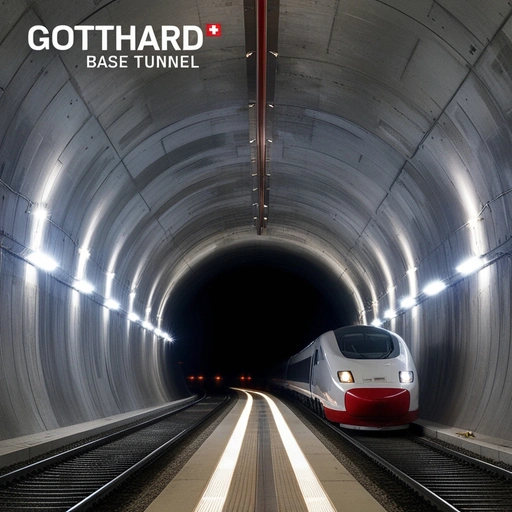
Interesting Fact: The tunnel’s construction involved drilling through 73 types of rock, with temperatures reaching up to 46°C (115°F).
6. Tokyo Skytree, Japan
Tokyo Skytree is the tallest tower in the world, standing at 634 meters (2,080 ft). It functions as a broadcasting tower and observation deck.
Why It’s Groundbreaking:
- Height: Tallest tower in the world.
- Design: Earthquake-resistant structure.
- Usage: Dual purpose as a broadcasting and observation tower.
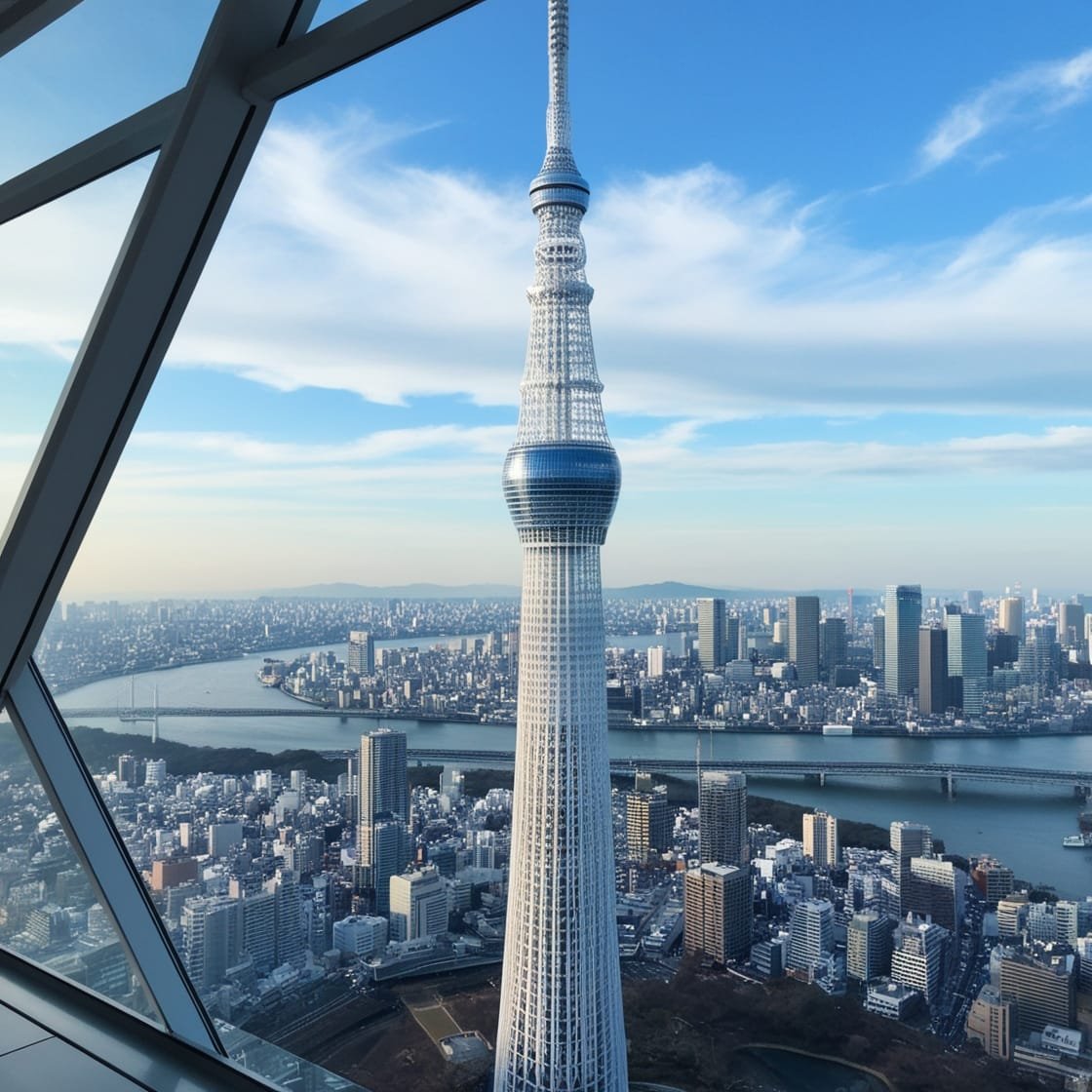
Interesting Fact: The tower’s height (634 meters) was chosen because the numbers 6 (mu), 3 (sa), and 4 (shi) stand for “Musashi,” an old name for the region where Tokyo is located.
7. Channel Tunnel, UK/France
The Channel Tunnel, also known as the Chunnel, is a 50.45-kilometer (31.35-mile) underwater rail tunnel linking the United Kingdom and France.
Why It’s Groundbreaking:
- Length: Longest underwater tunnel in the world.
- Construction: Involved digging under the English Channel.
- Impact: Enhanced transportation and connectivity between the UK and mainland Europe.
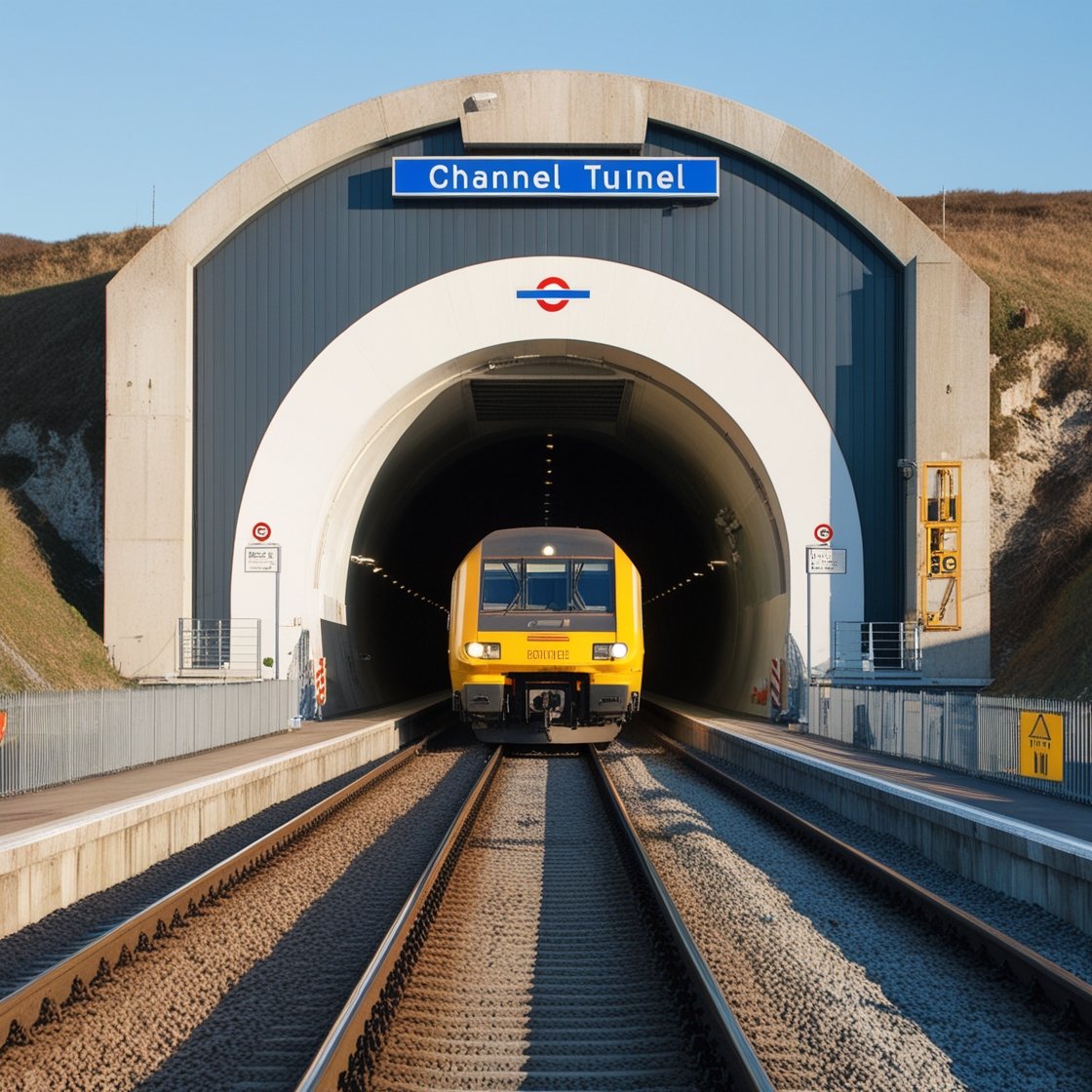
Interesting Fact: The tunnel’s deepest point is 75 meters (246 ft) below the sea bed.
8. Hong Kong-Zhuhai-Macau Bridge, China
The Hong Kong-Zhuhai-Macau Bridge is the world’s longest sea crossing bridge, measuring 55 kilometers (34 miles).
Why It’s Groundbreaking:
- Length: Longest sea crossing bridge.
- Construction: Involved multiple artificial islands and undersea tunnels.
- Connectivity: Links three major cities in the Pearl River Delta.
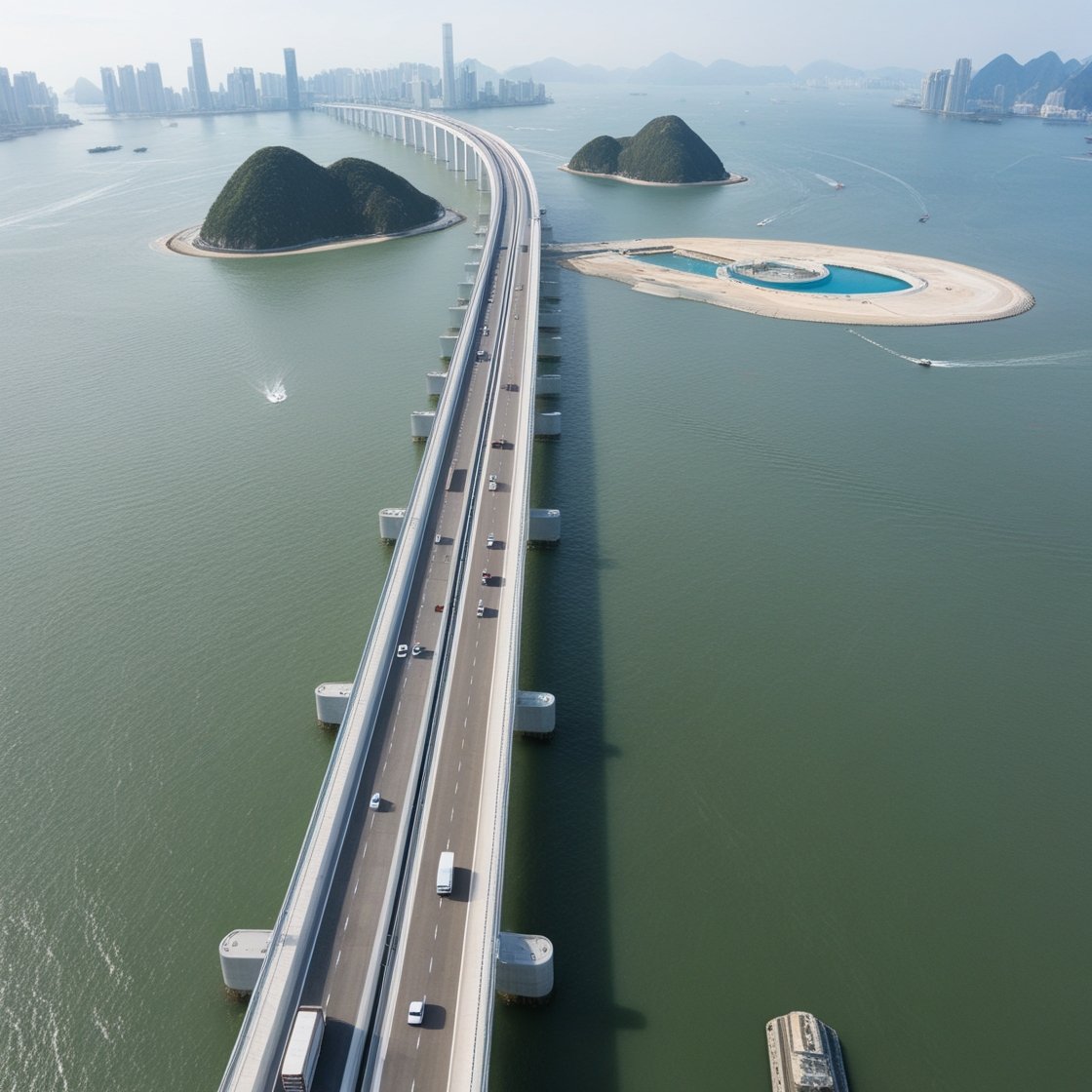
Interesting Fact: The bridge includes a 6.7-kilometer (4.2-mile) undersea tunnel to allow ships to pass.
9. Sultan Abdul Halim Muadzam Shah Bridge, Malaysia
The Sultan Abdul Halim Muadzam Shah Bridge, also known as the Second Penang Bridge, is an engineering marvel at 24 kilometers (15 miles) in length.
Why It’s Groundbreaking:
- Length: Longest bridge in Malaysia and Southeast Asia.
- Design: Built to withstand earthquakes and strong sea currents.
- Usage: Significant in easing traffic congestion in Penang.

Interesting Fact: The bridge can withstand seismic activity up to 7.5 on the Richter scale.
10. Shanghai Tower, China
Shanghai Tower stands at 632 meters (2,073 ft), making it the second tallest building in the world. It features a unique double-skin facade and sustainable design elements.
Why It’s Groundbreaking:
- Height: Second tallest building in the world.
- Design: Double-skin facade for energy efficiency.
- Sustainability: LEED Platinum certification for sustainable design.
Thank you for reading about these groundbreaking civil engineering projects. These feats of engineering not only showcase human ingenuity but also push the boundaries of what’s possible. For more insights and detailed articles, check out our recommended reading below.
Effective Techniques for Integrating Various Construction Teams
Remarkable Civil Engineering Feats Worldwide
Creative Fire Pit Designs for Small Backyards
Cost-Effective Edging Solutions for Asphalt Driveways
Enhancing Road Safety Awareness
Estimating Costs and Thickness of Asphalt Layers for Various Projects
Construction Materials Overview
Converting Square Yards of Asphalt to Tons
Asphalt Paving Tonnage Calculator
Estimating Tonnage for Driveway Paving
Cleaning Methods for Asphalt Shingles
Cost Analysis of a 1000 Sq Ft Asphalt Driveway
Innovative Solar Shingle Technologies
